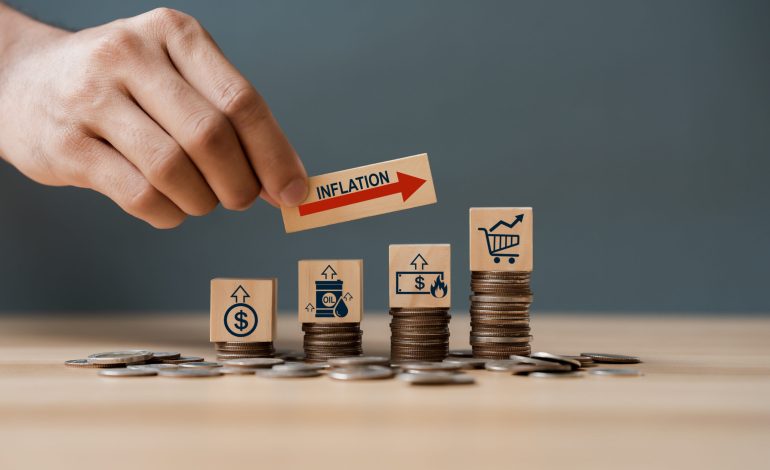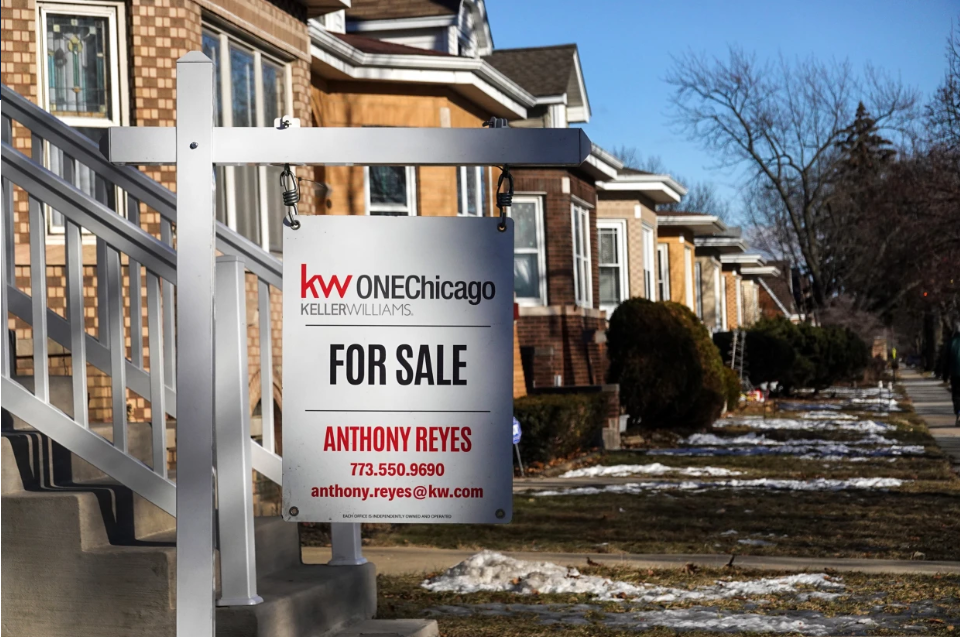Americans earned and spent less in May, according to new government data that points to growing signs of economic slowdown amid ongoing trade tensions.
While inflation remained relatively subdued, weakness in household income and consumption raised fresh concerns about the momentum of the US economy heading into the summer.
Key Data:
Consumer spending adjusted for inflation fell by 0.3% in May, reversing a slight gain from the previous month.
Personal income dropped 0.4%, while real disposable income — income after taxes and inflation — declined 0.7%.
The Personal Consumption Expenditures (PCE) price index, the Federal Reserve’s preferred inflation gauge, rose just 0.1% on the month and 2.3% year-over-year.
Core PCE, which excludes food and energy, ticked up 0.2% in May, and 2.7% compared to a year ago.
While core inflation remains slightly above the Fed’s 2% target, the recent three-month annualized rate sits at 1.7%, the lowest since late 2023 — suggesting price pressures are easing despite tariffs and broader economic uncertainty.
Economic analysts attribute much of the recent volatility to a combination of short-term factors and policy headwinds, particularly the ongoing trade war and resulting tariffs. As consumers rushed earlier in the year to purchase goods ahead of expected price hikes, May saw a noticeable pullback, especially in durable goods like automobiles.
The income decline was also partly due to a normalization in government transfer payments following temporary increases in April, tied to retroactive Social Security benefits for certain public sector retirees.
Despite these caveats, the slowdown has prompted economists to reassess growth expectations. The Atlanta Fed’s GDPNow tracker lowered its second-quarter growth estimate from 3.4% to 2.9%, reflecting weaker-than-anticipated consumer activity.
The latest data comes as the Federal Reserve weighs whether and when to adjust interest rates. Some officials have voiced support for rate cuts later this year if inflation remains contained, though Chair Jerome Powell has signaled a cautious stance.
“Consumers cut back on outlays last month, making fewer discretionary purchases as they grapple with softer labor market conditions, increased financial uncertainty, and the onset of tariff-induced price increases,” noted Lydia Boussour, senior economist at EY-Parthenon.
Minneapolis Fed President Neel Kashkari echoed the uncertainty, noting that many businesses appear hesitant to raise prices due to the volatile trade environment.
“If tariff rates remain high because trade deals do not quickly emerge, those businesses suggest they will then have to pass on price increases to customers,” Kashkari wrote Friday.
Axios, CNBC, and Bureau of Economic Analysis contributed to this report.










The latest news in your social feeds
Subscribe to our social media platforms to stay tuned